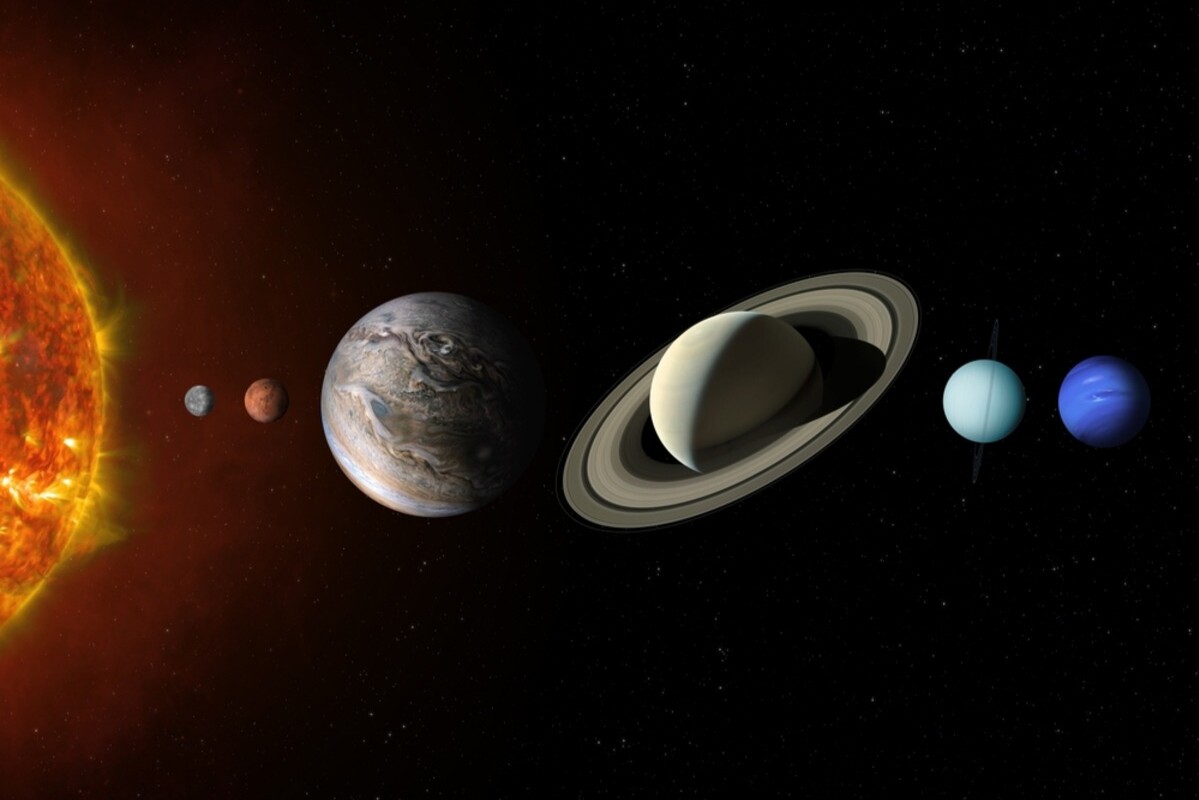April’s night sky will be packed with cosmic events, from planetary alignments to the ‘pink moon.’ The month kicked off with the crescent moon passing just beside the Pleiades, one of the brightest and most recognizable star clusters visible to the naked eye.
According to NASA, April will begin and end with Jupiter and the crescent Moon shining brightly together in the western sky as sunset fades. On both April 1 and 30, the pair will be visible about half an hour after sunset, setting about 3 hours later.
If you are planning to go stargazing this month, here are 6 might sky events to look out for:
Pink Moon — April 13
According to National Geographic, April’s full moon, also known as the “pink moon,” will be visible on April 13. Its name does not come because of its color but because of its timing. The name, popularized by the Farmers’ Almanac and rooted in Indigenous North American traditions, refers to the seasonal bloom of moss pink, one of the earliest wildflowers to appear in spring.
The April full moon also happens to be a micromoon. A micromoon occurs when the moon reaches the farthest point from Earth on its elliptical orbit, known as apogee. On April 13, it will sit about 252,000 miles away and appear slightly smaller and dimmer than usual.
Four-planet alignment — April 17
Another major night sky event happening this April is a Four-planet alignment. Early risers in the Southern Hemisphere will see Mercury, Venus, Saturn and Neptune lining up in the eastern sky just before sunrise on April 17. The first three planets will be visible to the naked eye, while Neptune is best viewed through binoculars or a telescope.
The planets will also appear in the Northern Hemisphere, but the sky will be too bright for optimal viewing. Venus, however, will still shine brightly since it is the brightest object in the sky after the sun and the moon.
Qatar Calendar House’s expert, Dr. Bashir Marzouq, stated that on the evening of Saturday, April 5, 2025, Mars will be at its closest point to the waxing crescent Moon of Shawwal. On the morning of April 25, Venus and Saturn will align near the waning crescent Moon. The Moon will be positioned between Venus and Saturn.
Dr. Marzouq also noted that on the morning of April 26, Mercury, the smallest planet in the solar system, will align with the crescent Moon. Observing from locations far from light and environmental pollution is recommended for the best view.
Mercury sighting — April 21
Mercury will be visible around sunrise on April 21. On this day, the planet will reach its greatest western elongation, one of the two points in its orbit where it is farthest from the sun.
Since Mercury orbits so close to the sun, it is often not visible due to the bright sunlight and this is why the planet is best viewed during its greatest elongation. National Geographic warns skywatchers to not to look into the sun when observing Mercury, especially through binoculars or a telescope.
Lyrid meteor shower — April 21 and 22
Another sky event happening this April is the Lyrid meteor shower. The shower is expected to peak between April 21 and 22, allowing viewers to spot up to 18 meteors per hour in ideal conditions. The shower begins on April 17 and extends until 26, but the two-night window is the best time to catch the show.
“The Lyrids are best observed from the Northern Hemisphere, but can be seen from south of the equator as well. View them after about 10:30 pm local time until dawn, with the best viewing around 5 a.m,” said NASA.
Read: SpaceX launches record-breaking 28 Starlink satellites in single mission
Galactic smiley face — April 25
On April 25, stargazers will see a cosmic smiley face in the early morning sky. Venus and Saturn will be located near each other, as well as near the waning crescent moon. If you tilt your head slightly, it is possible to visualize a smiley face. You will find Venus, Saturn, and the crescent moon gathered low in the east as dawn break. Mercury will also be visible below them for those with a clear view to the horizon.
Prime stargazing conditions — April 27
The new moon on April 27 means the skies are in perfect condition for stargazing, marking the final nigh sky event this April. This night will be perfect for spotting fainter celestial objects usually washed out by moonlight. Although the moon will not be visible this night, it will be a supermoon, reaching the point closest to Earth in its orbit.








